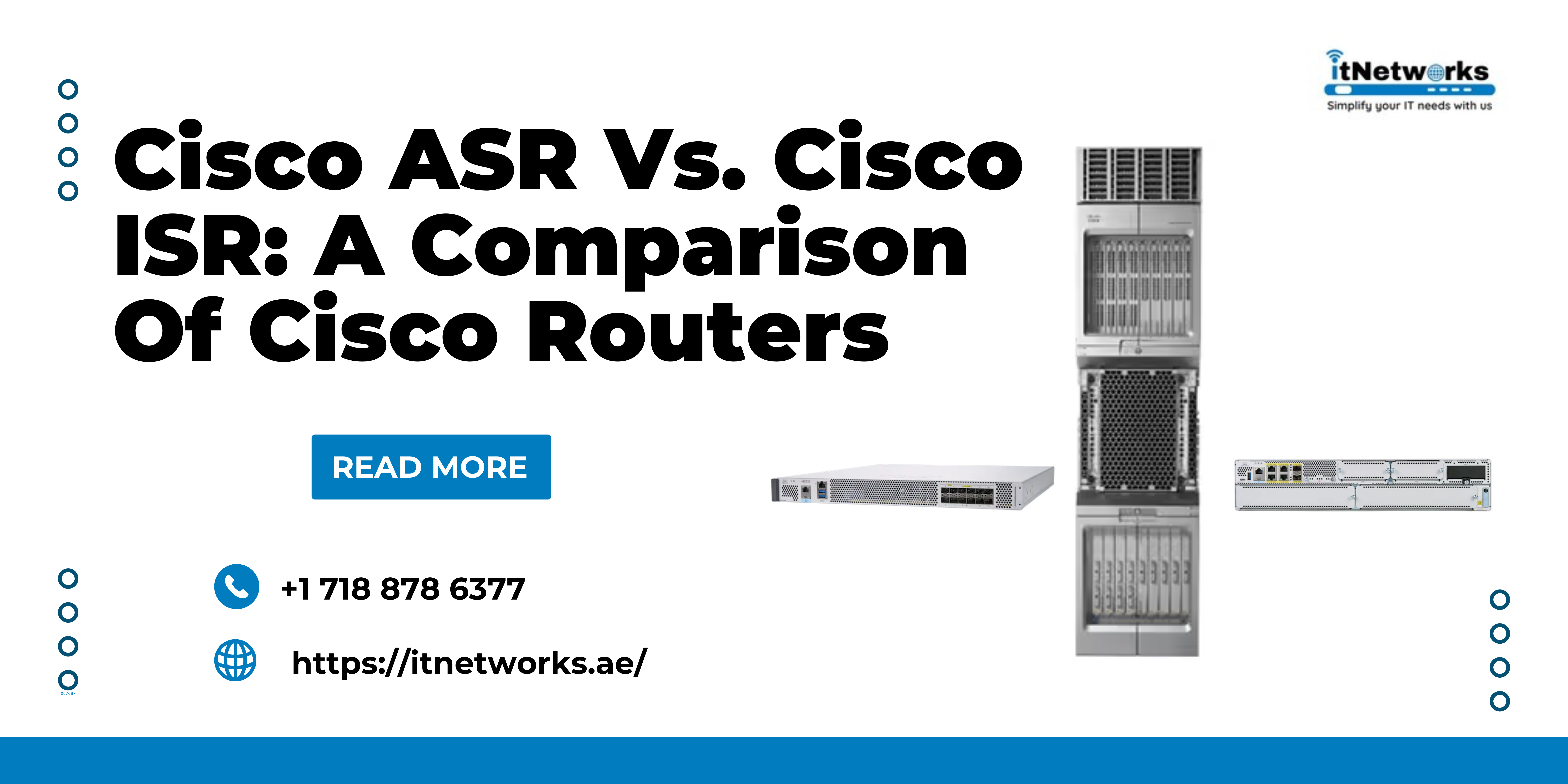What are the types of cable termination?
Everything that uses electricity to run consists of cables, whether it’s your home, office, factory, industry, or others. Cables are used to power all the pieces of equipment safely and securely. Most importantly, cables allow the free flow of electricity without any disruption, ensuring the proper functioning of the equipment.
If there are cables in the pictures, the process isn’t complete without cable terminations. The term “termination” is often used negatively. But, with cables, termination plays an important role. With cable terminations, physical and electrical connections between the cable and the terminal of the equipment, junction, or another cable become possible. This connection facilitates the flow of electricity in the desired manner.
Just keep in mind that cable connection is incomplete until all terminations are properly identified and labeled.
Features of good cable terminations
- The design and quality should comply with international standards
- The cable termination kits should be easy and quick to install
- The cable terminations should be tested for durability and reliability
- The cable terminations should ensure that the cables will work properly underground or overhead. Even if there is water stagnation, the terminations should work properly.
- The cable terminations should be bought from a reputable and reliable seller.
Types of cable terminations
Cable termination types vary from industry to industry as they solve different problems and work under different conditions. The types are mostly about the technologies that are used you terminate the cables for proper and long-term functioning.
- Heat-shrink type
- Cold-shrink type
- Pre-molded push-on type
Heat-shrink type cable termination- As the name suggests, the components or tubings in the heat-shrink type cable termination shrink when exposed to heat. In simple words, the heat-shrink type cable termination needs heat to make connections.
This cable termination type is used for LV-MV-HV power cables that are present indoors and outdoors. Indoors, the heat-shrink cable terminations are used to connect substation switchgear, transformers, and insulated cable boxes. On the other hand, these cables are used in overhead and underground distribution lines outdoors.
Benefits of heat-shrink type cable termination
- The strength of the high-quality heat-shrink cable terminations is excellent.
- The high-quality heat-shrink cable terminations don’t crack, melt, or get displaced when applied properly.
- These terminations are highly resistant to chemicals, solvents, and extreme temperatures.
- The heat-shrink cable terminations are flexible which allows them to be used in cases where cables have to be bundled together.
Cold-shrink type cable termination- As heat-shrink type cable termination is not suitable for use in all kinds of environments, such as areas around gas pipelines, the cold-shrink type cable termination is preferred. Cold-shrink type is a safer option so it’s widely used in the industry.
In cold-shrink type cable termination, materials such as specialized rubbers are used that expand easily at ambient temperature but are resilient to environmental conditions and stress for making cable terminations and joints. The accessories in these cables come with a removable inner support system, preventing them from shrinking before installation.
Cold-shrink type cable termination is also known as pre-molded/push-on type cable termination.
Benefits of cold-shrink type cable termination
- The cold-shrink cable terminations are used widely, such as onshore, offshore, indoors, and outdoors.
- The high-quality cold-shrink cable terminations can withstand environmental conditions such as UV rays, pollution, chemicals, and salt fog.
- These cable terminations are durable in extreme hot and cold weather conditions.
- The cold-shrink cable terminations don’t require heat and lesser equipment for installation so they are more efficient compared to heat-shrink cable terminations. The installation kits are pre-prepared.
Other questions related to cable terminations
How should you prepare for cable termination?
Before installing termination components, you should clean the prepared cable to remove any dirt or other contaminants using a clean cloth and a recommended cleaning agent.
How should you perform cable termination?
Cable termination is performed to the end of the cable to connect the devices like connector, switch, terminal, etc. You should strip the cable insulation and attach the terminal to the cable using a crimp tool. The tool crimps the terminal onto the cable conductor.
What tool should you use to remove insulation from a cable before termination?
The only tool that is used to remove insulation from a cable before termination is a slitter. To remove insulation, you should insert the slitter tool between the cable sheath and the pairs. Then, you should slide the tool carefully down the sheathing until you have prepared the proper amount of sheathing for removal. Last, you should remove the severed sheath using snips.
What tools should you use for cable termination?
The list of tools for cable terminations is needle nose crimping pliers, UR/UY/UG connector crimper, wire stripper hole for 22 to 24-gauge wire, and a built-in side cutter.
What are the methods for cable terminations?
There are different ways to terminate cables but the methods that are commonly preferred are soldering and crimping.
Soldering allows a strong, solid mechanical and electrical connection. In this method, the solder is applied with a soldering iron. You should make sure that the iron is hot enough to ensure a proper liquid flow of solder around the joining parts.
On the other hand, crimping is the method in which crimps are applied by mechanical force around the conductor ends that are ideal for terminating solid and stranded conductors. Crimps grip both insulation and the conductor. Make sure you choose the right crimp size and crimp tool. If the cable is under-crimped, it would result in a poor or loose connection and if the cable is over-crimped, it would result in damage to the cable and crimp.
Cable terminations are crucial to establishing proper and strong electrical connections. So, you should consider the right cable termination type and use the right tool for the same.
Get in touch with us via WhatsApp at +971585811786.





